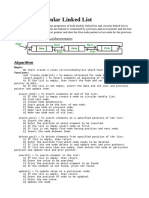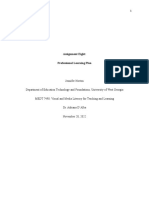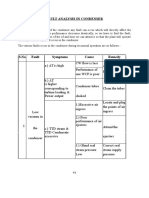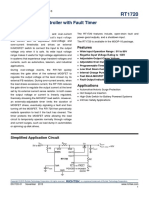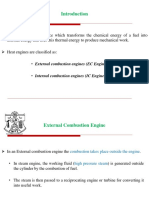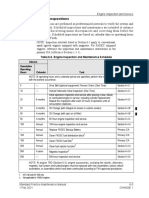0% found this document useful (0 votes)
15 views7 pagesData Structures
The document provides an overview of data structures, defining data, information, and the types of data structures, which are linear and non-linear. It details linear data structures such as arrays, linked lists, queues, and stacks, along with their characteristics and examples of singly and doubly linked lists. Additionally, it explains the operations of stacks and provides code examples for implementing singly linked lists, doubly linked lists, and stacks.
Uploaded by
vedantb062Copyright
© © All Rights Reserved
We take content rights seriously. If you suspect this is your content, claim it here.
Available Formats
Download as PDF, TXT or read online on Scribd
0% found this document useful (0 votes)
15 views7 pagesData Structures
The document provides an overview of data structures, defining data, information, and the types of data structures, which are linear and non-linear. It details linear data structures such as arrays, linked lists, queues, and stacks, along with their characteristics and examples of singly and doubly linked lists. Additionally, it explains the operations of stacks and provides code examples for implementing singly linked lists, doubly linked lists, and stacks.
Uploaded by
vedantb062Copyright
© © All Rights Reserved
We take content rights seriously. If you suspect this is your content, claim it here.
Available Formats
Download as PDF, TXT or read online on Scribd
/ 7











